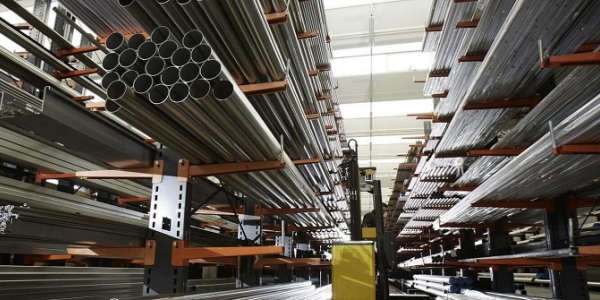The annealing process of stainless seamless steel pipes is a heat treatment process designed to improve the mechanical properties, grain structure and corrosion resistance of the steel pipes. Annealing relieves stress, increases the steel's workability, and improves the balance of hardness, strength, and toughness. This article will introduce in detail the annealing process of stainless steel seamless steel pipes.

Full Annealing:
This process is employed to refine medium and low carbon steel that exhibits poor mechanical properties due to coarse grain structures resulting from casting, forging, or welding. The workpiece is heated to a temperature 30 to 50°C above the point of complete transformation from ferrite to austenite. It is then held at this temperature for a specific duration before being slowly cooled in a furnace. During the cooling phase, the austenite undergoes structural changes, leading to a finer grain structure in the steel.
Spheroidizing Annealing:
This technique is used to reduce the high hardness in tool steel and bearing steel that occurs after forging. The workpiece is heated to a temperature 20 to 40°C above the formation of austenite and is then slowly cooled while being held at that temperature. This process transforms the lamellar cementite in pearlite into a spherical shape, effectively reducing the hardness of the material.
Isothermal Annealing:
Isothermal annealing is employed to reduce the hardness of high nickel and chromium alloy steel, typically used for cutting tools. Initially, the steel is rapidly cooled to the least stable austenite temperature, followed by a specific holding period, during which the austenite transforms into troostite or sorbite, resulting in a reduction in hardness.
Recrystallization Annealing:
This process is used to eliminate the hardening effects on metal wires and thin plates that occur during cold drawing and cold rolling processes. The heating temperature generally falls below 50 to 150°C above the point where steel austenite begins to form. This heating helps remove the hardening effects, thereby enhancing the material's ductility and reducing its hardness.
Graphitization Annealing:
Graphitization annealing is employed to transform a large amount of cementite in cast iron into malleable cast iron with improved plasticity. The casting is heated to approximately 950°C and is insulated for a specific duration. Subsequent cooling allows the formation of graphite as cementite decomposes into a more desirable form.
Diffusion Annealing:
This method aims to homogenize the chemical composition of alloy castings, enhancing their overall performance. The casting is heated to the highest possible temperature without melting and held for an extended period, allowing the various alloy elements to evenly distribute. Slow cooling follows after achieving the desired homogeneity.
Stress Relief Annealing:
This annealing process is used to eliminate internal stresses in steel castings and welded parts. The steel product is heated to a temperature just below 100 to 200°C, starting the formation of austenite, and then subjected to air cooling during the insulation period to alleviate internal stresses.

 English
English Español
Español




 Tel : +86-18565811709
Tel : +86-18565811709 Email :
Email : 

 News
News




